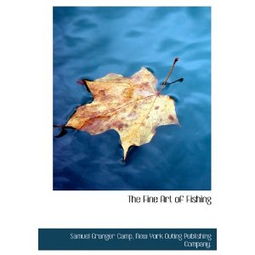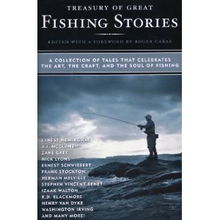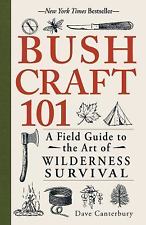
Content:
Fishing at a reservoir with a bounty of fish can be an exhilarating experience. However, to maximize your chances of catching a fish, it's essential to understand the unique aspects of fishing in such an environment. Here, we delve into the art of fishing at a reservoir teeming with fish, offering valuable tips and techniques to help you land the big one.
Understanding the Reservoir
Before you set out to fish, it's crucial to familiarize yourself with the reservoir. Reservoirs are typically man-made lakes, created by building a dam across a river. This means that the fish species in a reservoir may differ from those in natural lakes or rivers. Common fish species found in reservoirs include bass, catfish, trout, and perch.
Choosing the Right Gear
The right equipment can make all the difference. Here's what you should consider:
Rod and Reel: Choose a rod and reel that match the type of fish you're targeting. For instance, a medium-heavy rod and reel are suitable for bass, while a light-action rod is better for trout.
Line: Use the appropriate line for the fish species and the conditions. Monofilament line is versatile and works well for most fish, but you may need fluorocarbon line for clearer water to reduce visibility.
Hooks: The size and type of hook depend on the bait you're using and the fish you're targeting. For instance, smaller hooks are ideal for trout, while larger hooks are better for bass.
Bait or Lures: Depending on your preference and the fish species, you can use live bait, artificial lures, or a combination of both. Live bait like worms, minnows, or leeches can be effective, while artificial lures such as spinners, crankbaits, and jigs can attract fish with their movement.
Fishing Techniques
Location, Location, Location: Fish tend to congregate in specific areas within a reservoir. Look for shallow areas near the dam, around submerged logs or rocks, or in areas with a current. Use a depth finder to locate schools of fish.
Patience is Key: Reservoirs can be vast, and fish may not be active all the time. Be patient and give your bait or lure time to sink or drift naturally.
Adjust Your Techniques: If you're not getting bites, try changing your approach. This could mean varying your bait type, color, or size, adjusting your retrieve speed, or even trying a different lure style.
Use the Right Bait: Understand the natural food sources of the fish you're targeting. For example, bass are attracted to moving bait, while catfish are more likely to bite on still or slowly moving bait.
Be Mindful of the Weather: Fish are more active on overcast days and during the early morning or evening. Also, be aware of wind conditions as they can affect the movement of fish and your casting ability.
Advanced Techniques
Bottom Bouncing: This technique involves dragging a lure or bait along the bottom of the reservoir. It's effective for fish that like to feed near the bottom, such as catfish or certain species of bass.
Trolling: Trolling involves slowly moving your boat with a lure or bait attached to the line. This method can cover a lot of water and is effective for species like trout and walleye.
Fishing Jigs: Jigs are versatile lures that can be used in various depths and conditions. They are great for triggering strikes from fish that are inactive or spooky.
Use of Downriggers: For deeper water, downriggers allow you to fish at precise depths. This is particularly useful for targeting species like walleye or lake trout.
Safety First
Always prioritize safety when fishing at a reservoir. Wear a life jacket, especially if you're on a boat, and be aware of the weather conditions. Additionally, make sure you have the necessary permits and follow local regulations regarding fishing hours, limits, and size restrictions.
In conclusion, fishing at a reservoir with abundant fish can be both challenging and rewarding. By understanding the environment, choosing the right gear, and employing effective techniques, you can increase your chances of a successful fishing trip. Remember to be patient, adaptable, and always prioritize safety. With these tips in hand, you'll be well on your way to becoming a seasoned reservoir fisherman.












